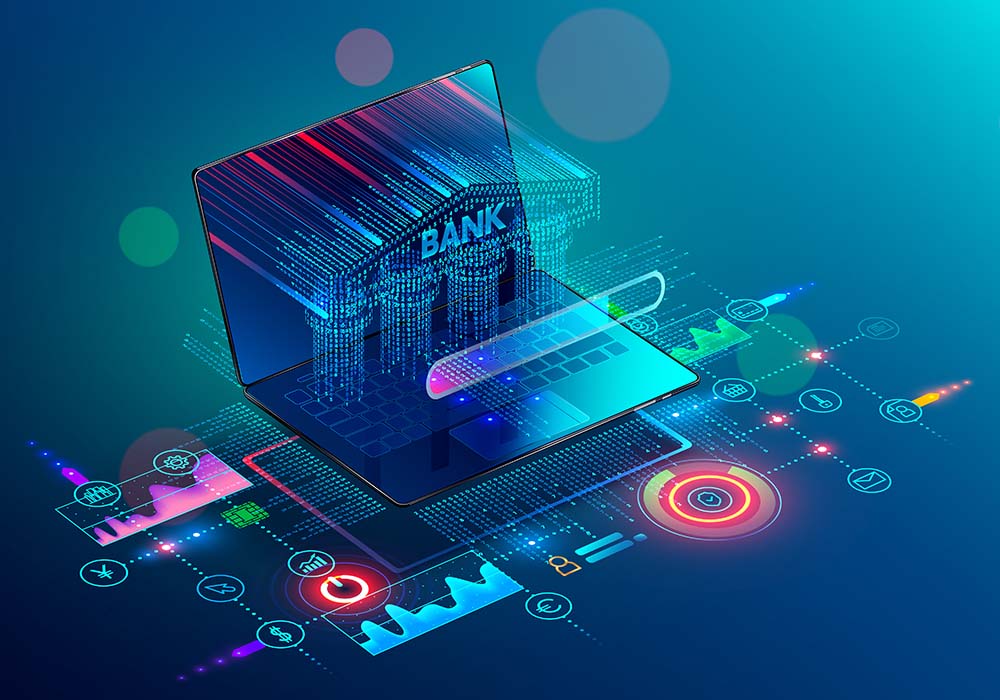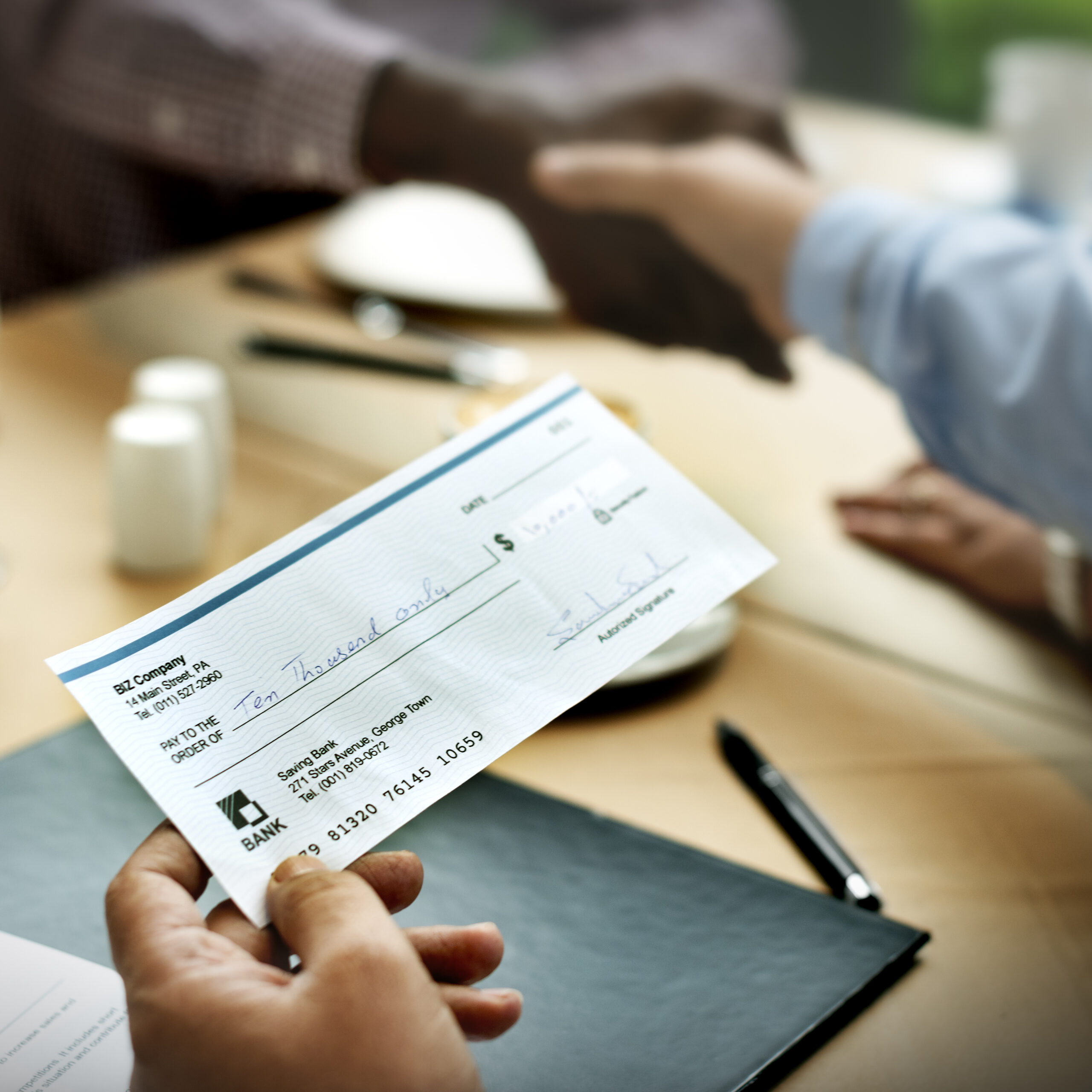Reinventing Banking Podcast: “Behavior” A Major Factor for Check Usage
- Paper checks have not disappeared
- There is an element of nostalgia in check usage
- Removing $1 trillion in checks is highly unlikely
For those in the industry, the notion that checks are going away has all but dissipated. Mainstream media has recently tried to capitalize on the sentiment, but they continue to rely on high-level data without diving deeper into the numbers and the reasons why individuals and businesses continue to use checks as their preferred payment.
The latest episode of the Reinventing Banking podcast addresses the status of checks -- both in terms of usage and ongoing fraud challenges.
The podcast features Kiah Lau Haslett, Banking & Fintech Editor, discussing with Shai Stern, CEO of CheckAlt on a variety of topics including why individuals and business use checks; the challenges of check fraud, and; the how and why electronic payments are being converted to physical checks.
Why Individuals Still Use Paper Checks
Mr. Stern explains what is special and unique about checks relative to other payment methods, and someone might choose to write a check.
Some popular "write a check" situations include:
- Charity checks
- School clubs
- Landscapers
- HOA (homeowners associations)
- Property Management
- Government-issued checks for tax credits

That's not to mention the fact that it often just plain feels good to receive a check -- a bit of nostalgia and a "physical manifestation" of a transaction. Bigger payments, especially, seem more "real" and properly consummated -- almost in a ceremonial sense -- when there is a physical check involved.
As Mr. Stern says, “It feels good. You open the mail, you get a check, you can feel it, you can touch it. It's like people who like newspapers are reading the news online.”
Also noted is the fact that, while the number of checks written is indeed going down, the amount exchanged on each check transaction is going up because personal checks are less used while businesses still use checks. That drives up the average amount of each check.
“The Federal Reserve's payment study found that check payments have declined about 7 percent every year between 2018 and 2021," notes Mr. Stern. "But at the same time, the value of these checks payments is increasing from $1,900 to about $2,500.”
They go on to explain that, while businesses are indeed attempting to change behaviors by pitching other payment methods, they are finding that it's hard to change a lifelong behavior -- for businesses, in particular.
Electronic Payments Converted to Paper Checks
A major topic addressed in the podcast is the fact that many payments -- with a majority being electronic -- are actually converted to paper check. Ms. Haslett recalls a recent situation where she was rolling over a retirement account. Instead of the initial account sending an electronic transfers to the new account, a check was cut that she had to deposit and then wire to new retirement account.
Even common medical and dental expenses fall back upon checks, as Mr. Stern experienced:
This begs the question: Why is this happening when digital and electronic options are readily available?

“Yes, it's one of the many use cases about that check never should have been printed and mailed. I actually went to the dentist last week. And the dentist -- it was so bizarre and like somewhat backwards -- even though I have dental insurance, the dentist said, well, you have to pay. But I paid $495 -- and then, literally three days later, I got a check in the mail for $485.”
The answer: "Antiquated systems and outdate processes," Mr. Stern explains, still find their way into many transactions.
And legacy systems. You know, in banking technology, there is, everything takes a long time. There's a lot to do. There's a lot to provide services for. There's a lot of demand from clients that "I want this." And you just can't get to everything.
It's just, it's impossible. So, banks -- with all the wonderful love intentions - they're going to be stuck with legacy platforms and legacy systems, which are very, very hard to go ahead and sunset, to go ahead and to migrate on to new ones. It's just a tremendous amount of work.
So, when it comes to these things, sometimes systems don't talk. Systems don't communicate well. There's an outcome.
And a lot of times, especially in this case, when people want to send money to one to another, the systems aren't able to communicate, then the default is, okay, let's just print the check and mail it.
Removing $1 Trillion in Checks? Unlikely...
One fantasized solution is for FIs to stop accepting or distributing checks (taking a page from retailers). However, this would put FIs in danger of losing deposits. As explained by James Bi, Marketing Manager and Check Fraud Detection Specialist at OrboGraph:
"Banking is a highly competitive industry. It has never been easier for an individual or business to switch banks. If you take away a major payment channel from your customer, you are in danger of losing large portions of your customers to a competitor."
According to Mr. Stern and CheckAlt research, there is an estimated $1 trillion in checks that can be removed by switching to electronic payments. And while Mr. Stern was optimistic, his reason why it hasn't happen is a bit understated: behavior.
That's a major reason why, despite their high costs and inefficiencies, checks remains the preferred payment method for a portion of individuals and 75% of organizations. Asking individuals and businesses to change their behavior -- how they pay for goods and services -- is extremely difficult. And, even if electronic payments may provide more benefits like cost and time savings, this is the process many individuals and businesses have using for decades and they are unlikely to change.

As we recently noted, FIs cannot force a business to stop accepting or using a certain payment. While they can recommend different payment channels and present their various perceived benefits, ultimately it is up to the business to utilize the payment channel of their preference.
Banks have taken note of this; instead of resisting, they are taking steps to update their legacy core platform and leveraging technologies to streamline payment channels like checks to reduce inefficiencies and costs.